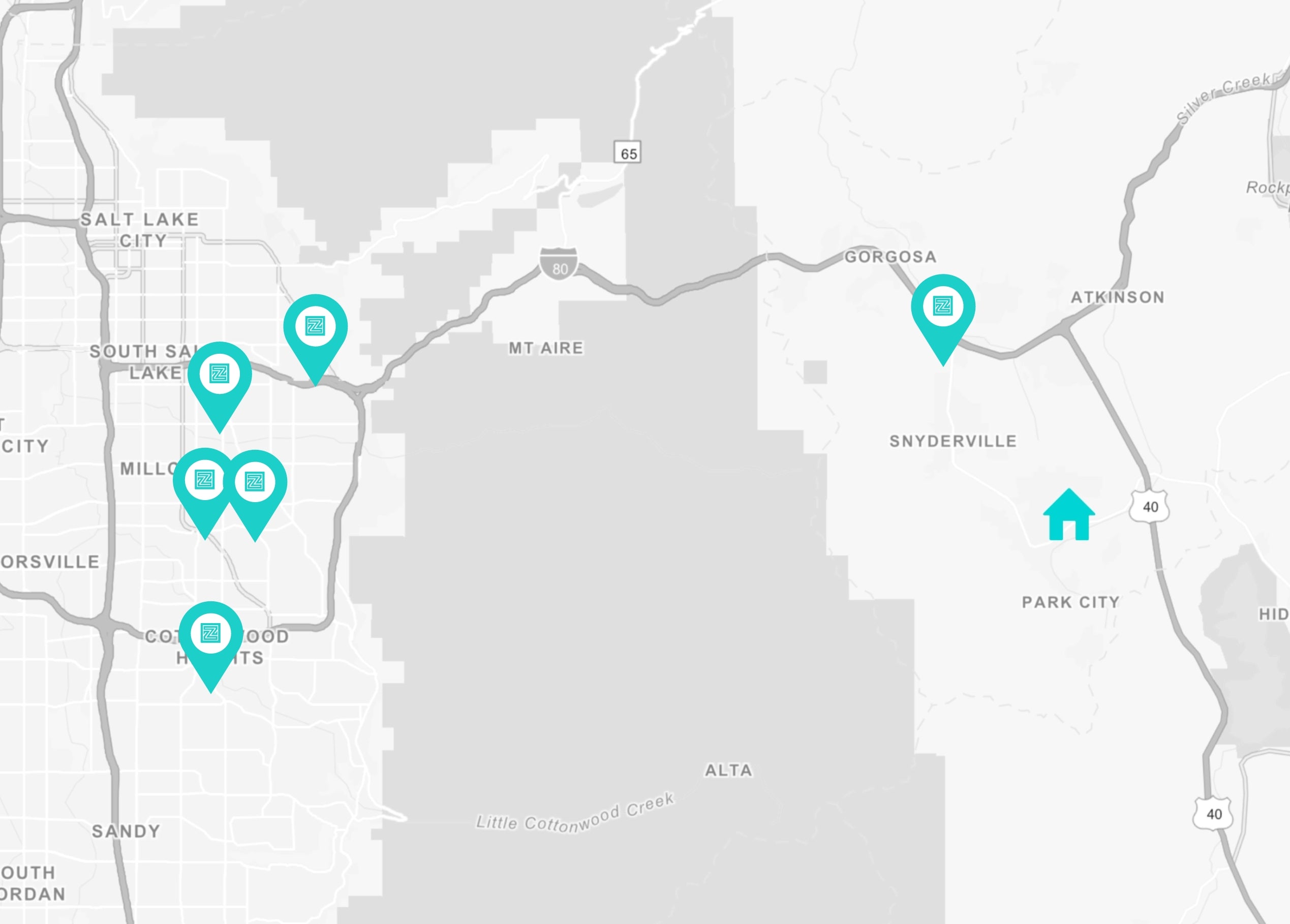
Summertime is a great time for outdoor activities, and it’s often the perfect season for races and marathons. But running in the summer can be challenging and problematic… if you’re unprepared. Exercising during high heat months isn’t impossible, but it helps to know what happens to your body when you break a sweat and raise your heart rate in summer so you can prepare—and stay on top of your gains.
What Happens to Your Body When You Exercise in Summer Heat?
Whether you’re focused on endurance and training according to heart rate zones, or you want to break out of a gym rut and go next level in your workout, taking your run outside during the summer heat pushes your body in ways you might not expect. According to the Cleveland Clinic, a nonprofit multi-specialty academic medical center, the heart is key to keeping you cool in the summer… so when you work out in high heat, that puts more pressure on your cardiovascular system to regulate your body heat.
As a general rule, your heart will beat 10 beats per minute faster for every degree your body’s internal temperature rises. As you probably already know, when you work out and your internal temp spikes, you start to sweat and radiate heat to cool down and regulate your system. So when you work out in hot weather, your cardiovascular system has to work even harder to keep you cool—in fact, it may result in your body circulating two to four times as much blood per minute compared to a cooler day. Plus, there’s a greater loss of minerals and electrolytes when you sweat more, which can impact muscle function, nerve communication, and fluid balance.
It sounds like a lot—‘cause it is! But there are ways you can support your body as it works harder to stay fit in the summer months. One of the most important things you can do is stay hydrated.
How Does Dehydration Affect Your Run Times?
We’ve all been nagged about staying hydrated, but do you know what happens to your body when you don’t? As Runner’s World points out, your blood volume decreases when you sweat, which means less blood returns to your heart—and that means your heart pumps less, which sends less blood to your muscles. As a result, your energy tanks, your body can’t function the way you need it to, and you have to compensate by running slower—or stopping, if the situation gets exceptionally dire.
Now imagine all of that happening on a hot summer day, when your cardiovascular system is already focused on trying to keep you cool when it’s hot out by sending blood to your skin to reduce heat, resulting in less blood going to your heart. Not only does it make your heart rate rise, but it does so at a slower running pace—which means it’s harder to maintain your usual pace. Dehydration also makes it harder for your body to maintain its core temperature and affects your ability to sweat to cool yourself down. So if you push yourself too hard when you’re dehydrated, you could suffer from heat stroke.
But the effects of dehydration can extend beyond your run. It can also slow your ability to recover from a tough training session, which can affect your next run. And if you don’t take time out to take care of your body, the negative effects can be cumulative. Runner’s World reports that studies have found that dehydration of two percent of body weight leads to about a six percent reduction in running performance. So it’s important to make a hydration plan for your summer runs to support your training performance and recovery time.
However, the amount you need to drink to stay hydrated depends on numerous variables—namely, how hot it is outside, whether it’s humid or dry, how much you sweat, and what kind of training you’re doing. As a general rule, you’ll want to maintain the daily average of water intake for your weight, plus additional fluids to keep you fueled during training and replace what you lost while you were running.
Tips for Having a Successful Summertime Run
So is it really possible to run during the summer and have successful training sessions, despite battling the seasonal heat? You betcha. Here’s some of our favorite tips to keep you running straight through summer and into the fall:
- Take the typical summertime precautions: That means putting on sunscreen (if you’re running during the day), wearing sunglasses, and dressing for the weather—think light, breathable fabrics that don’t interfere with your body’s ability to cool itself down. And consider wearing a hat.
- Try running in the morning or at night: If you can, it’s recommended you train before the sun reaches its full force around mid-day. Before sunrise, or soon after, is a great time to get your runs in because pavement hasn’t had a chance to heat up and amplify the effects of warm weather. If it’s not possible to run early in the morning, consider getting your run in after the sun goes down, but make sure you take proper precautions like wearing a headlamp and reflective gear so people can see you.
- Employ hydration packs: Hydration packs are a great way to keep your fluid levels up while you’re working out. If you’re training for a shorter race, consider a hydration vest with lightweight and breathable—like mesh—to keep you cool. Trail runners and marathoners will love the convenience of a CamelBak pack, which can carry up to two liters of water in a convenient and compact backpack that also has room to stash gels if you want them. And if you’re just running because you want to, or you’re pushing your mileage to get into smaller races, a hydration belt gives you the option of carrying a couple water bottles along with you (don’t worry, most of ‘em are bounce-free).
- Don’t just rely on water for your hydration needs: True, water is awesome, but it’s not the only way to keep yourself hydrated. You’ll also want to replenish the minerals and electrolytes you lose when you sweat. That’s exactly why we created Hydro-Fuel. It’s designed to replenish nutrients lost in sweat during tough workouts thanks to coconut water concentrate, which is often called “nature’s sports drink.” Hydro-Fuel is also formulated with key ingredients like a 72-trace mineral complex and malic acid to keep you going, even when it’s hot out.
- Plan for chafing and blisters: Extra sweating means more opportunity for the kind of rubbing of skin and fabric that results in chafing and blisters, but there are things you can do to circumvent both (or alleviate them when they happen). Invest in some anti-chafe gels or sticks that you can apply to parts of your body that may rub, like your thighs—and make sure you reapply as needed. Make sure you wear longer socks that fit well to help cut down on potential blisters. But in case you still get them, it’s a good idea to stock up on band-aids that you can take with you on your run or use moleskin to protect the blisters you do have—and combat against new ones.
- Don’t push yourself too hard: You know your body and how much it can take, so if you feel yourself overheating or you’ll find yourself struggling on your run, don’t let your ego take over. Slow down—especially if you live somewhere with high humidity. And if it’s too hot out—like, triple-digit heat—it’s best to sit out the day or take your run back indoors where there’s air conditioning. Then, pick back up on your outdoor runs when the thermometer drops down a bit.
But most of all, have fun. Enjoy the experience of challenging yourself with a new workout during the summer months. And when you’re sweating it out in the mid-year months and wondering how much you can take, remember: fall is just around the corner.



